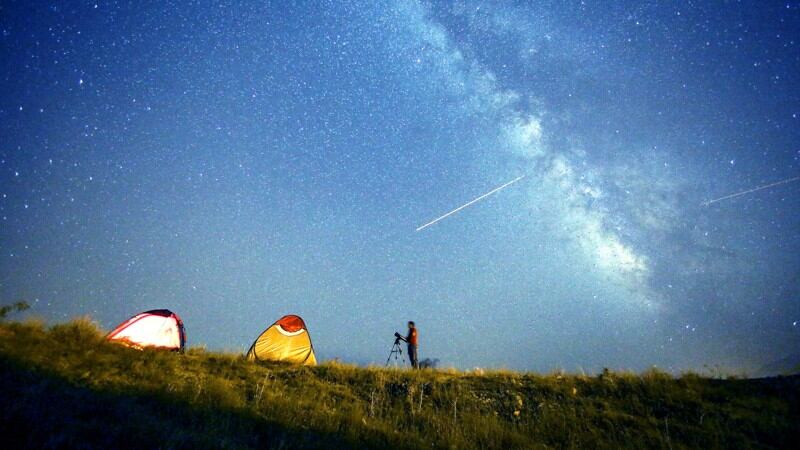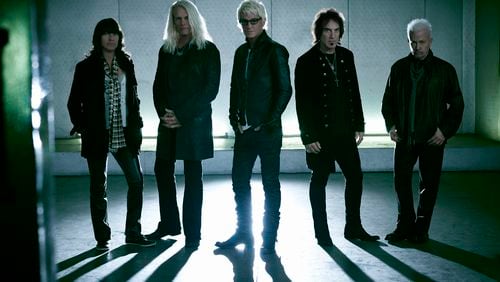The Perseid meteor shower, which occurs every August because of debris left behind from Comet Swift-Tuttle, began in July, but it peaks soon.
According to Space.com, you should make plans to stay up late Aug. 11 or wake up early the12th. You might see stragglers as late as Aug. 18. The Perseids are best seen from midnight to just before dawn.
At peak in 2018, meteors raced at rates of about 60-70 meteors per hour. In 2016, we witnessed a whopping 150-200 per hour. This year, stargazers will get a chance to see 50-100 fast, bright meteors per hour for a single observer.
“The Perseids are rich in bright meteors and fireballs, so it will still be worth going out in the early morning to catch some of nature’s fireworks,” according to NASA.
When to see the Perseid meteor shower
You’ll be able to catch the popular meteor shower as Earth passes through the path of Comet Swift-Tuttle from late July until late August, but if you want to best views, it’s all about catching it at peak time: between 2 a.m. local time through predawn hours Aug. 11-12.
This year’s Perseids will be slightly affected by a 53% waxing moon, NASA states, but the moon will set as the Perseids begin to peak. That means anyone in an area without light pollution might be able to see quite a few meteors.
In Atlanta, Active Junky advises city dwellers in or near bright buildings, traffic and other sources of light pollution, to travel to the following areas:
17515 Highway 177, Fargo 31631
Drive time from metro Atlanta: 4½ hours
This Okefenokee Swamp park was voted one of the best spots in the world for star gazing by the International Dark Sky Association for its vast skies and minimal light pollution.
The remote Georgia park is perfect for viewing all things celestial, including the famed Perseids.
Make your reservations at one of the park’s 64 campsites.
North Georgia mountains
The beautiful mountains in northeast Georgia make for ideal campgrounds during the Perseid shower.
Some popular campgrounds near the mountains can be found at Moccasin Creek State Park and Cooper’s Creek Recreational Area.
3655 Georgia Highway 197, Clarkesville 30523
Drive time from metro Atlanta: Less than 2 hours
Make reservations at one of Moccasin Creek's 54 campsites.
Cooper’s Creek Recreational Area
6050 Appalachian Highway, Suches 30572
Drive time from metro Atlanta: Approximately 2 hours
Campgrounds are first-come, first-served.
Best practices
Dark and vast skies are essentially all you need to take in the sights of the Perseid meteor shower.
With peaks during overnight hours, you may also want to bring a blanket or lawn chair to sit on, a snack and water, and some bug spray.
About the Author







